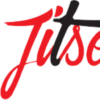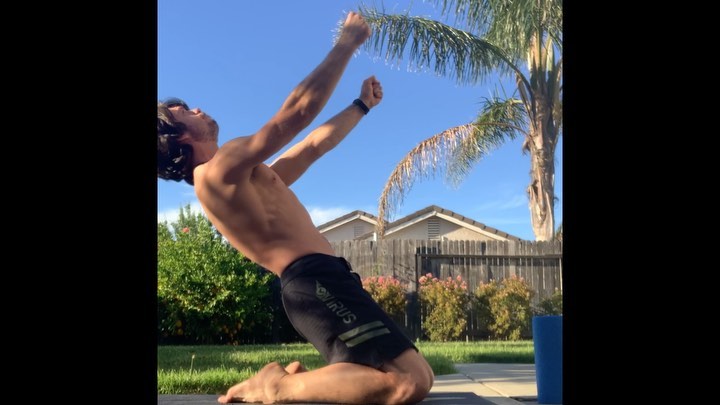Mobility is strength training
•••••••••••••••••••••••••••
Properly designed mobility training is not just “stretching” or random flows.
•Flexibility: the amount of PASSIVE motion your have assess to.
•Mobility: the amount of ACTIVE motion you have assess to.
That being said you cannot move where you cannot move.
In FRS system there a clear pathway on developing mobility and joint health.
1️⃣create a larger workspace
2️⃣train and utilize that workspace so you can control it.
.
If you do not have the base requirements for a movement pattern you will either rely on a compensatory pattern to perform or will be unable to perform at all. .
The continuum for performance:
1️⃣Mobility: you cannot develop strength or speed in ranges you cannot move.
2️⃣Control: you cannot develop strength or speed in ranges you cannot control.
3️⃣Strength: once sufficient mobility and control is achieved you can develop the necessary strength in those ranges of motion.
.
This movement, commonly known as a reverse nordic curl, is the same as on a FRS concept – eccentric neural grooving. .
I don’t have a before and after video but when I had my last Functional Range Assessment 6 months ago my passive prone knee flexion range of motion was 90 degrees.
.
To build up capacity I’ve been using anterior thigh PAILs/RAILs- passive holds with end range isometric contractions. After some time training the quadriceps the goal was to train the entire motion via eccentric contraction to develop control.
.
Key point: Get an assessment to determine your deficits. Create a hierarchical plan to address those deficits. Select an Intervention. Re-assess to determine if your intervention was successful. .
Mobility training IS strength training.

